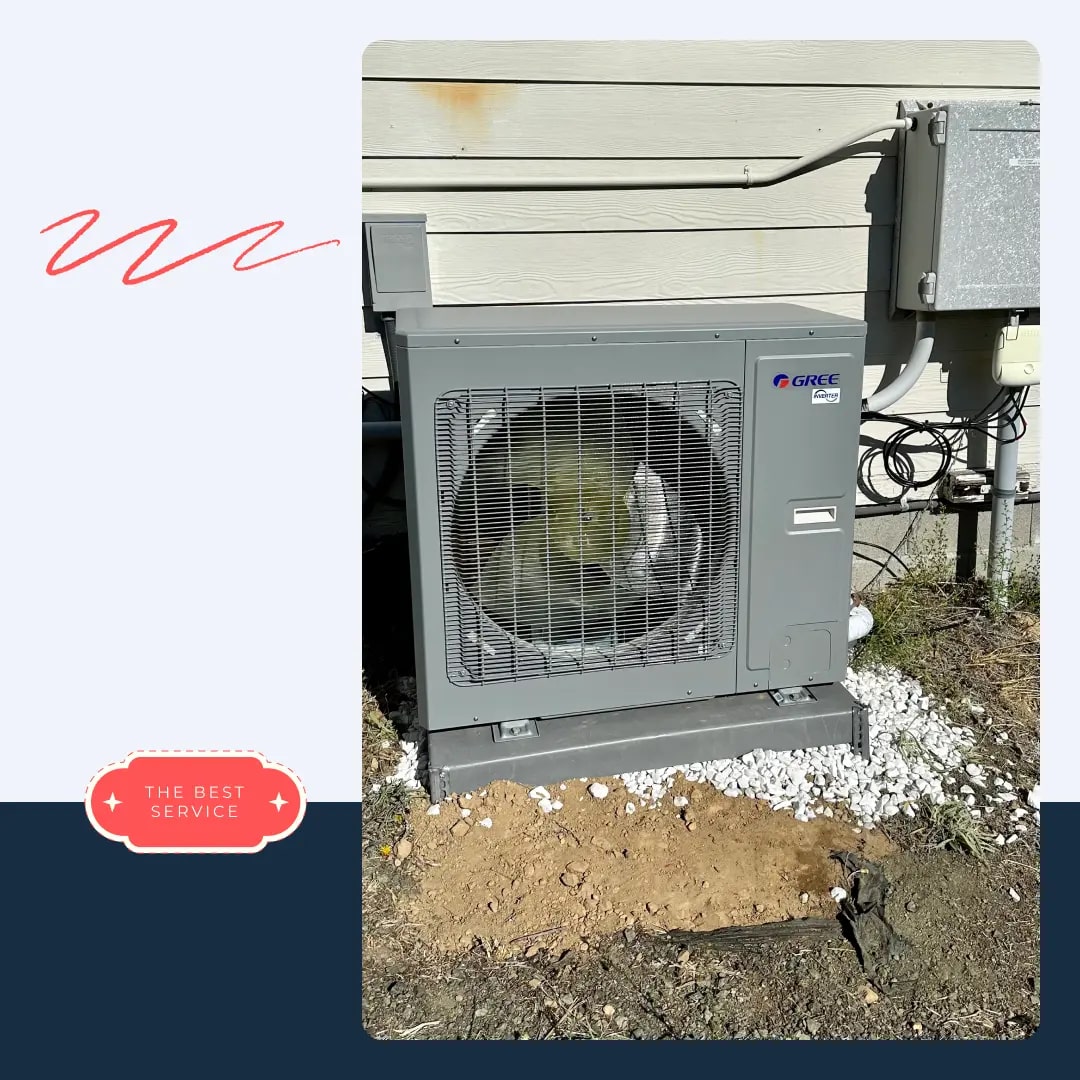Best Air Conditioner for Home: For Any Budget and Room Size

This is not just a device, but the main source of comfort in a house or apartment. And given today’s climate changes, it is also a guarantee of safety. That’s why choosing one is not so simple. Get ready to discover the best Freon Service guide for selecting a guardian of coolness for a house in general and for a small apartment or room.
3 Stunning Innovations in Best AC for Home
We all know what an air conditioner is and what its basic tasks are: cooling and providing fresh air circulation. However, the market continues to surprise with new features. Here are the advantages a spacious house can get if you choose a model no older than 3 years.
- Smart thermostats and automation
Thanks to them, you can control the climate through a smartphone, a voice assistant, or set up a schedule. Plus (and this is the mind-blowing part), best home AC units analyze the owners’ habits themselves:
- cooling the room before bedtime,
- reducing power when you are at work.
That’s where it gets crazy:
- The first experiments with “self-learning climate” were conducted in 2007–2008 in Nest laboratories (now Google Nest).
- Later, such systems were available only in “smart homes” that cost tens of thousands of dollars.
- Today even budget AC units use Wi-Fi modules — the mass reduction in the cost of sensors and IoT chips made “smart” features standard.
This is especially valuable for a large house. After all, rarely are all the rooms occupied at the same time. Zonal control saves money and increases comfort.
For example, cooling only the bedrooms at night, and the living room and kitchen during the day.
- Humidity control
This feature has a very curious history:
- The very first such system was invented by Willis Carrier in 1902. It worked in a printing house, and its main task was to maintain air humidity levels so that… paper would not warp.
- In the 1960s, this useful feature migrated into numerous industrial installations.
- In an ordinary home, together with the best air conditioning unit, it began appearing only in the last 7–10 years.
Too bad it took so long! After all, basements, bathrooms, and kitchens in many houses often suffer from moisture. And where there is moisture, there is mold and damage to flooring, walls, and ceilings.
Although if it weren’t for NASA, this journey into our homes could have taken even longer… What does the agency responsible for our nation’s space program and research in aeronautics have to do with this?
It was their research that proved humidity directly affects sleep and respiratory health.
- Reducing the carbon footprint
Best home air conditioning units reduce CO2 emissions. That’s a fact.
- Statistics show: replacing an old cooling unit with a newer version can reduce a home’s carbon footprint by 1–1.5 tons per year.
Is that a lot or a little?
- That’s equivalent to planting about 50 trees in your yard.
So, to recap, it turns out that an AC younger than 3 years is a mini-laboratory of comfort that smartly regulates temperature, fights both excess and insufficient humidity, and cares for our planet.
2 Essential Qualities for Air Conditioner for Small Room
1. Quiet operation
In a small room where you spend a lot of time, this feature is simply critical. After all, the AC will be literally above the bed or desk, and noise will be the main irritant. But is it possible to get quiet operation from such a large unit?
Hold your breath for this revelation:
- Modern models generate only 19–22 dB of noise. That’s quieter than a whisper or the rustling of leaves. This is the best air conditioner for bedroom or home office, no doubt.
- Such a level of quiet became possible thanks to improved fan aerodynamics.
- The inspiration for modern blades came from owl wings: their unique shape allows the bird to fly almost silently.
- Daikin and Panasonic engineers in the 2000s applied this technology to AC fans.
Why not earlier, since the silent flight of owls was long known?
It wasn’t possible before, because precision plastic molding machines and computer fluid modeling were required.
2. Design and compact solutions
What is limited in a single room? That’s right — space.
That’s why the best small room air conditioner is the one that doesn’t “eat up” the space.
Can you believe what comes next?
- The cooling unit is no longer a “box on the wall.”
- Today many AC units can be built into the ceiling, wall, or even a niche behind the TV.
- They don’t spoil the interior and take up minimal space.
The idea of such compact systems came from Japan, where minimalism is valued. In Europe, the trend took off after 2010, when the DIY renovation market grew and people wanted “invisible appliances.”
Does a universal best air conditioner brand exist?
We mean one that works for both a house and a small room.
It would be hard to point to one name. But the most important characteristics can be listed:
- Inverter compressors
What are they?
- Instead of constant on/off cycles, this component adjusts operating speed smoothly.
- This reduces noise and decreases wear on parts.
- But what’s really interesting is: an inverter saves up to 40% of electricity precisely due to smooth startup — older compressors consume enormous energy at every start.
Fun fact: the idea of inverter control appeared in Japan back in the 1980s. It became widespread in households only after the 2010s, when microprocessors and electronic drivers became cheaper.
- Eco-friendly refrigerants
The replacement of obsolete R-22 reduced harm to the ozone layer and lowered carbon emissions. If you care about our shared home — Earth — you should not buy an “outdated” solution, even for a small room. And very soon even the cheapest AC unit will already run on R-32.
- Multi-stage air filtration
Did you know that the first HEPA filters were developed in the 1940s in the U.S. to protect Manhattan Project scientists from radioactive particles? And they began to be installed in the AC units we are considering only in the 1990s, when production became cheaper.
It may sound unbelievable, but:
- Modern filters trap pollen, mold spores, and PM2.5 particles.
- Carbon layers neutralize odors.
- During the COVID-19 pandemic, many manufacturers added filters with ionization and UV treatment to additionally disinfect the air. These functions remained and have now become part of “healthy comfort.”
Interestingly, plasma ionization filters were first tested in Boeing airplanes, and then “descended” into home appliances.
So, what do we have?
Every home and apartment is unique. That’s why there is no “universal” air conditioner, and it’s impossible to name one single best room air conditioner. But with the help of Freon Service, you can take into account all the nuances of your living space and find the optimal system just for you.








